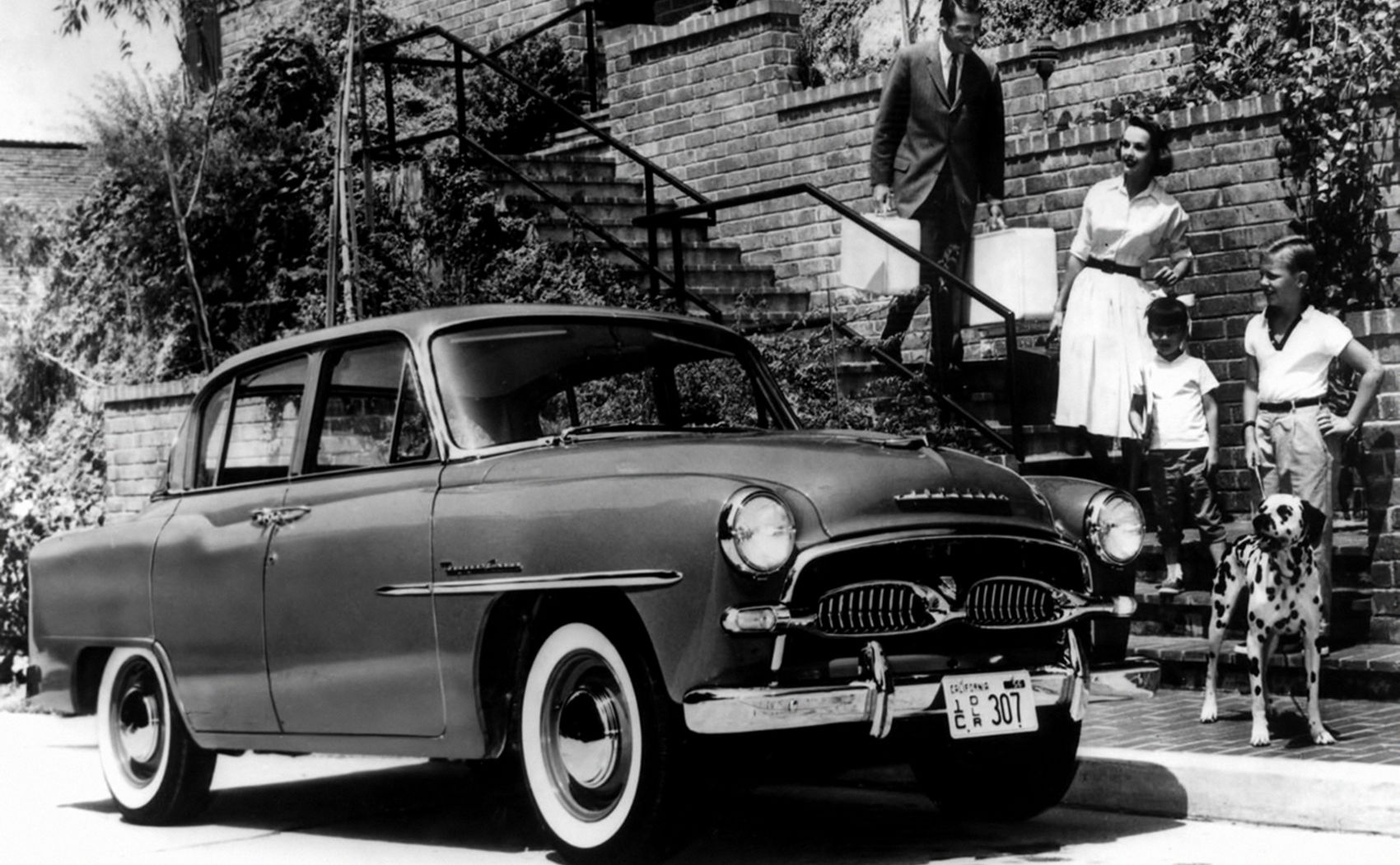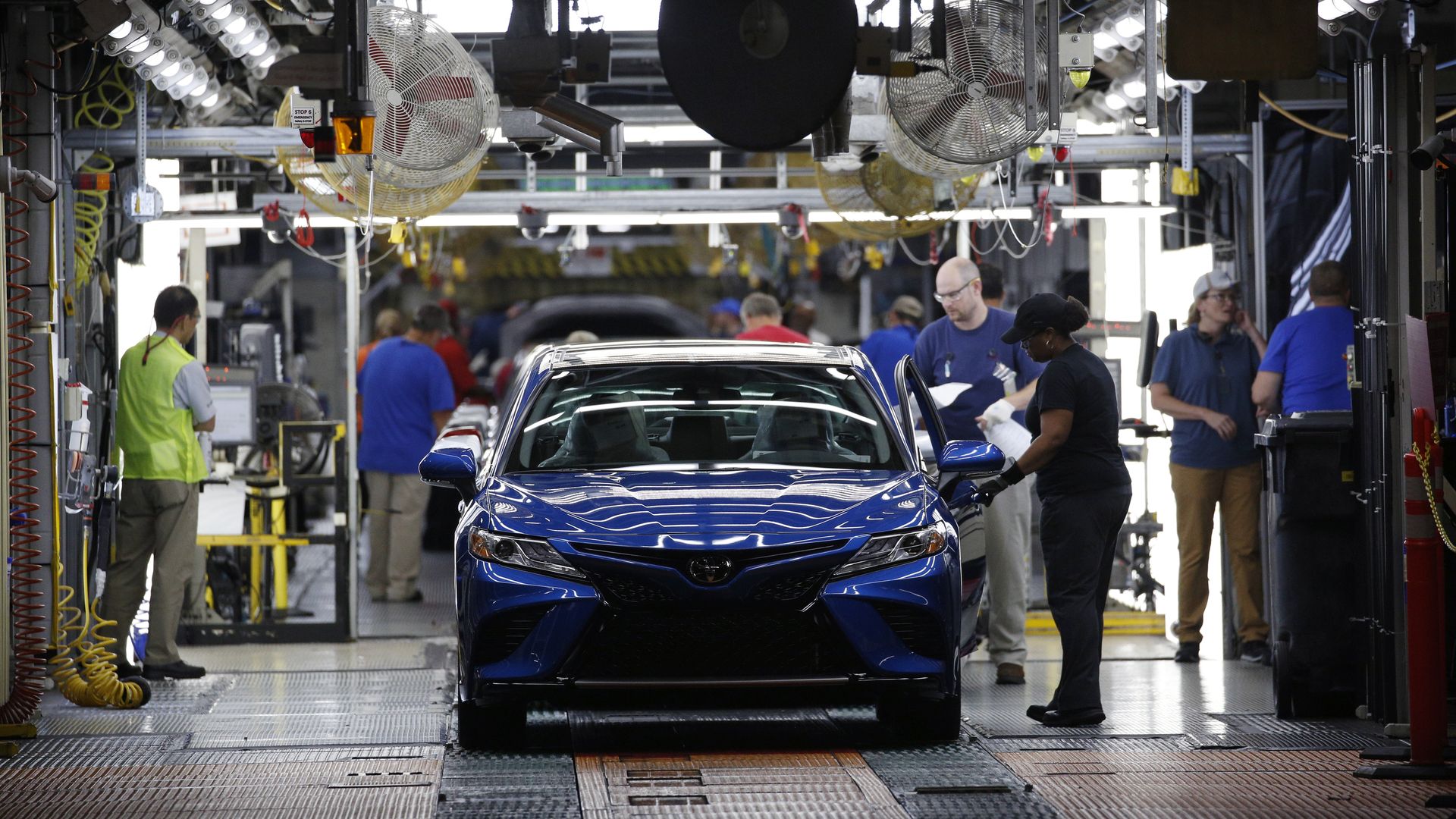Can Chinese Cars Compete in the US Market?
Introduction
The automotive industry is constantly evolving, with new players entering the market and challenging established brands. One such contender is China, which has been making strides in the global automobile market. But the question remains: can Chinese cars compete in the highly competitive US market? In this article, we explore the challenges and opportunities for Chinese car manufacturers in the United States.

Toyota CEO North America Office. Image: Business Today
A Curious Map
During an interview with Ted Ogawa, CEO of Toyota North America, an interesting detail caught the attention of an Automotive News reporter. In Ogawa’s office, there were two large paintings displayed among various decorations. One was a black and white photograph of Toyota’s first showroom in the United States. The other was an upside-down world map, with the North Pole at the bottom and the South Pole at the top.
Ogawa explained that the black and white photograph symbolized the early customers and the long-standing relationship with Toyota. The peculiar upside-down world map served as a reminder that there is always a different perspective, no matter how familiar something may seem.
The reporter then pondered the question: would Chinese car manufacturers take a different path in the US market compared to Toyota, Nissan/Datsun, and Honda, who entered the market over 60 years ago?

Upside-Down Map in Toyota CEO Office. Image: Business Today
Pressure From Chinese Cars
Currently, Chinese car manufacturers are rumored to be considering a route to the US market through Mexico. While their exact strategy is uncertain, one thing is clear: before the arrival of Chinese cars, protectionist alarm bells may already be ringing, especially for those concerned about the competitiveness of American-made cars.
BYD, a Chinese automaker, is reportedly looking for a location to establish a car factory in Mexico. However, a BYD representative stated that they have no plans to export cars produced in Mexico to the US.
The question remains as to whether Chinese cars will invade the US market as they did in Europe or disrupt the market as Japanese manufacturers did over 60 years ago.

First Toyota Sold in the US – Toyopet Crown. Image: Business Today
The Pressure Faced by Japanese Cars
When the first Japanese cars, including the legendary Toyota Land Cruiser, arrived in the US in the late 1950s, the market was not receptive. These cars were smaller than their American counterparts, resulting in less interior space and reduced practicality.
Fuel efficiency was not a pressing concern until the oil crisis of the early 1970s. At this point, Japanese cars gained popularity due to their superior fuel efficiency. They not only introduced more models to the US market but also implemented various production and sales strategies to secure market share.
Over the past 60 years, Toyota’s production philosophy has permeated the automotive industry. In the US, Toyota remains the best-selling brand for 12 consecutive years, with their US factories accounting for one-third of the total production in the country.
So, what does Ted Ogawa think about this?
Ogawa believes that if Chinese car models offer attractive features, not only in terms of price but also in terms of unique technologies such as autonomous driving or advanced battery management, they will bring novelty to the market, similar to what Toyota and Nissan achieved in the past.
However, if Chinese cars flood the market with low prices, the outcome will be different.
Ogawa admits that Chinese car manufacturers pose one of the biggest challenges he has faced as CEO of Toyota North America. While Chinese automakers are currently disrupting the Mexican car market, they have yet to enter the US market.
Chinese car manufacturers are compelled to export their vehicles due to excess production capacity, as their domestic market cannot absorb all the cars they produce.
“In Mexico, Chinese cars have very low prices,” Ogawa reveals. He also says that dealers often ask him about how to deal with the competition from Chinese cars. While Toyota’s products are superior, maintaining competitive pricing remains uncertain.

Inside Toyota Factory in the US. Image: Business Today
To conclude, the entry of Chinese cars into the US market is a topic of great interest and concern in the automotive industry. The potential success or disruption they bring remains uncertain. However, one thing is clear, just as the upside-down map in Ogawa’s office reminds us: there will always be a different perspective, and the automotive landscape is bound to change.
